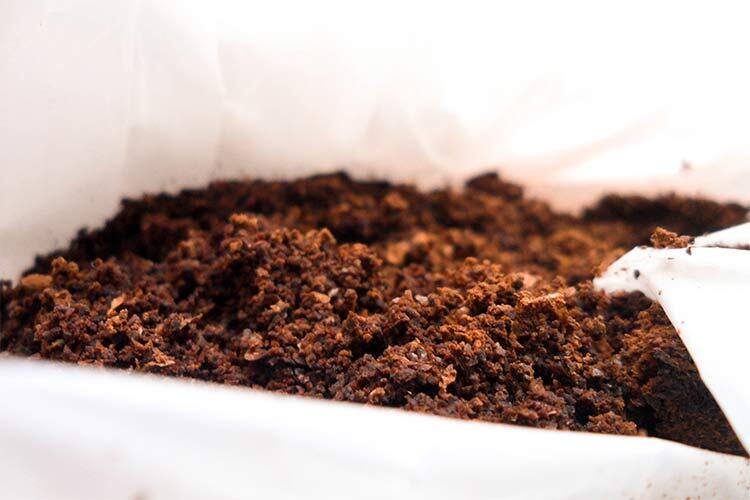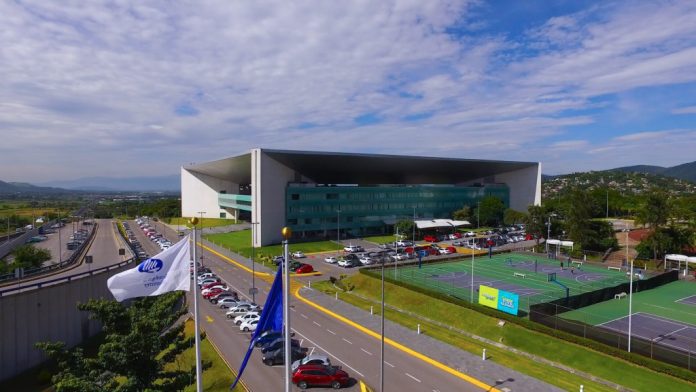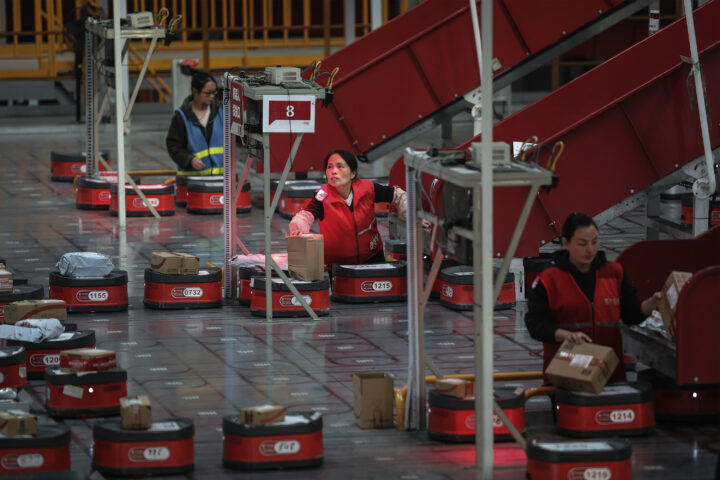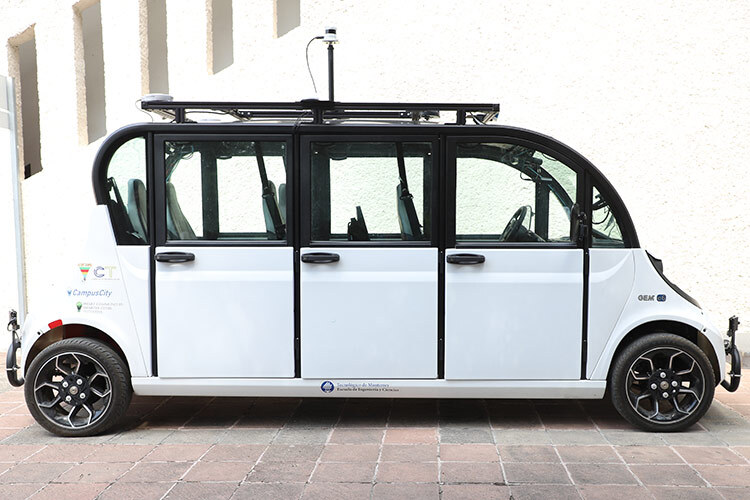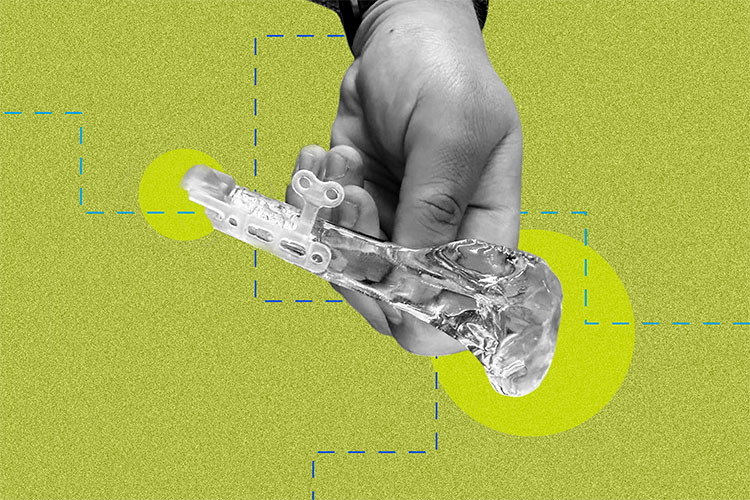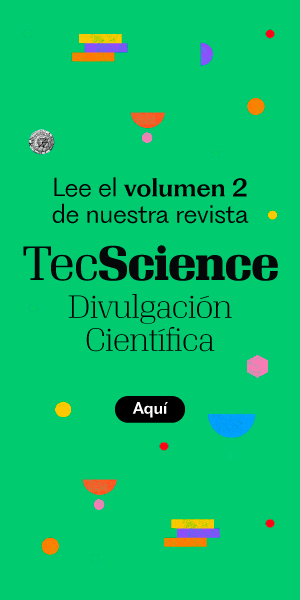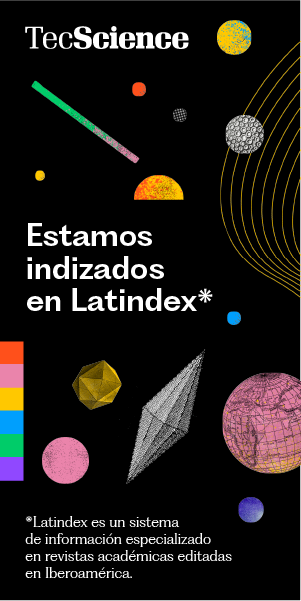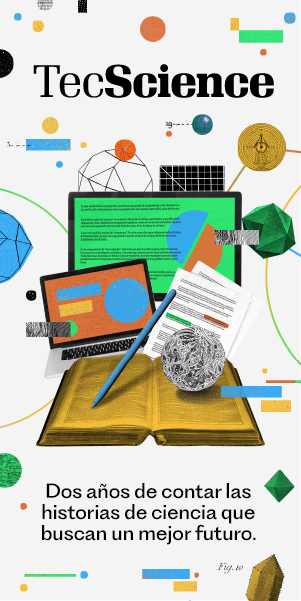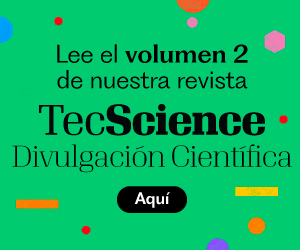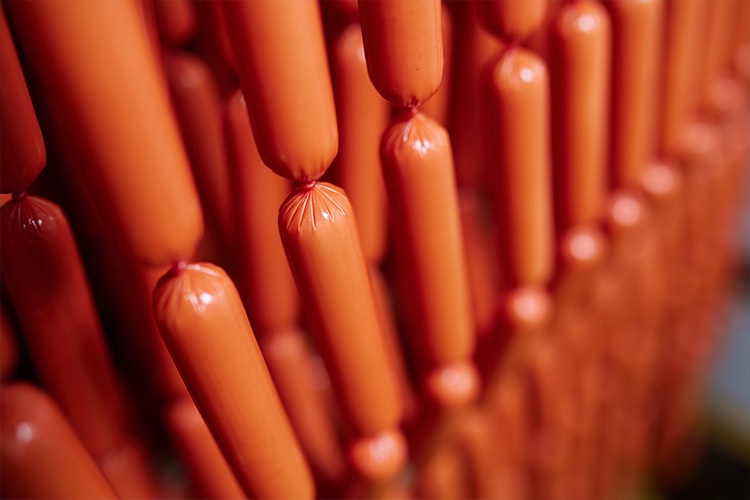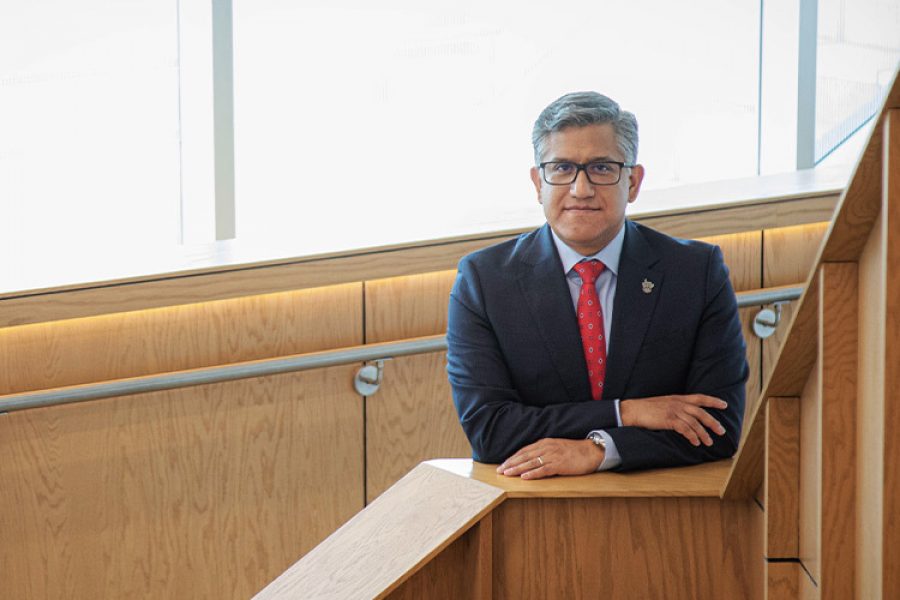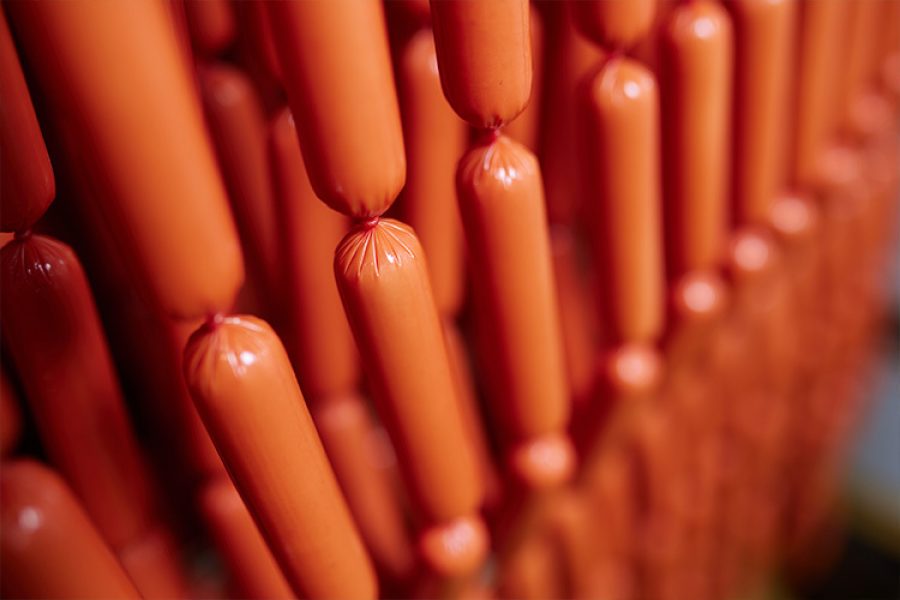Imagine that after brewing your morning coffee, instead of tossing the grounds into the trash, they could be repurposed to create a more eco-friendly type of plastic. That’s precisely the goal of a team of researchers who have developed a biodegradable compound by blending polylactic acid (PLA) with coffee waste.
Cecilia Treviño, a researcher at the Institute of Advanced Materials for Sustainable Manufacturing (IAMSM) and professor at the School of Engineering and Sciences at Tec de Monterrey’s Querétaro campus, explains that the project received support from Fundación FEMSA’s “Materials of the Future” initiative. It aims to add value to the waste generated during the production of Andatti coffee, which is sold in Oxxo convenience stores.
PLA is a type of plastic that, while considered a more sustainable alternative to conventional plastics, still contains components derived from petroleum or agro-industrial residues, which makes it harder to break down.
Used coffee grounds, meanwhile, are rarely repurposed. They typically end up in the trash and, more often than not, in landfills. There, as they decompose, they release methane—a greenhouse gas with a far greater warming potential than CO2.
With this in mind, the scientists developed a new formulation to enhance this plastic by mixing it with agro-industrial coffee waste. “In addition to having better biodegradation properties, it also improves mechanical strength and stretchability, making it an ideal material for packaging perishable foods,” says Treviño.
Beyond these improvements, Treviño, who also works with the Department of Mechanics and Advanced Materials at the Querétaro campus, points out that the resulting compound is competitively priced compared to other plastics with a higher environmental impact.
PLA and Coffee Waste: The Formula Behind a New Compound
To develop the bioplastic, researchers used two types of coffee waste as reinforcement: silver skin—the thin layer that peels off the bean before roasting—and spent coffee grounds, the leftover grounds after brewing a cup.
For the production process, the team tested various concentrations of coffee waste—0.5%, 1%, 3%, 5%, and 10%—to reinforce the PLA structure and evaluate its mechanical strength, thermal stability, and crystallinity.
“The biggest challenge was to test the hypothesis that this material would perform better in terms of flow, mechanical properties—such as strength and elongation—and that it would also be biodegradable. But the results so far have been very promising,” the expert notes.
The most favorable results came from using spent coffee grounds. In particular, adding 3% of this waste produced overall better performance compared to pure PLA.
For instance, at this concentration, the material’s strength before breaking increased by 54.4%, and its stiffness rose by 9.18%. Its degradation temperature also jumped from 361.52 to 380.56 degrees Celsius. Additionally, researchers observed an improved internal structure, which enhances flow properties—an advantage for molding processes like injection, extrusion, or thermoforming, even for thin applications such as clamshell packaging (used for blackberries or cherry tomatoes).
What’s more, the new compound decomposes faster than PLA on its own. According to Treviño, preliminary tests showed a 40% degradation within 60 days, and it’s estimated that full decomposition could occur within three to four months under proper composting conditions.
A Sustainable Plastic: From Nature to Nature
The method used to develop the compound is also designed to be more eco-friendly, says the researcher.
“In our effort to make the bioplastic as sustainable as possible, we didn’t add any industrial additives, chemicals, or anything like that. We relied solely on mechanical and heat-based processes. It’s what we call ‘from nature to nature’—it comes from nature and returns to it, without environmental impact or carbon emissions. At IAMSM, we refer to these as net zero waste polymers,” Treviño explains.
After determining that spent coffee grounds—the ground coffee used to brew the beverage—were the best-performing option for creating the compound, the researchers applied a thermal process to completely remove any moisture from the grounds.
Thorough drying is essential because PLA is a hydrophobic material, meaning it repels water. Moisture could weaken the bond and lead to structural issues such as voids, fragile spots, or cracks.
Once fully dried, the coffee waste is ground into uniform particle sizes to ensure even dispersion throughout the polymer, avoiding weak points in the material’s structure. Finally, mechanical and heat-based processes are used to directly mix the coffee particles with the PLA, resulting in the final plastic compound.
To validate the material’s properties, researchers conducted thermal tests—heating and cooling the material—to observe how it responds to sudden temperature changes; spectroscopy analyses to examine its chemical structure and determine if the coffee and PLA are molecularly compatible; and electron microscopy to check for internal voids or defects. They also carried out biodegradation studies through composting trials.
The Potential of a New Bioplastic
The compound developed by scientists in the lab offers a promising alternative to reduce the use of fossil-based plastics.
For instance, when composting conventional plastics used in packaging for sandwiches and other perishable foods, it’s necessary to separate the organic waste from the packaging to enable proper degradation.
This adds cost, time, logistical challenges, and labor. Moreover, due to health regulations, these plastics typically can’t be recycled, so they often end up with regular waste—meaning they’re neither composted nor recycled.
The advantage of this new bioplastic is that the packaging can be composted with the food, eliminating the need for separation. “What we’re proposing is that everything can be composted together—just toss it all in, and it goes straight into composting without any extra sorting,” says Treviño.
This approach completes the circular economy cycle: the material originates from agro-industrial waste and, when discarded, returns to nature.
Furthermore, the compound’s flowability, strength, and elongation properties make it easier for industries to adopt it in sectors such as food, agriculture, and logistics.
Currently, the team is producing the coffee waste-based bioplastic in the lab. With funding from the distritoQRO consortium, they’re now working to scale the project using industrial equipment, including an extruder machine to manufacture pellets that can be used in injection molding or thermoforming processes. They also aim to produce real-world clamshell-style packaging for agricultural products grown in the region.
In parallel, the team is collaborating with the Technology Transfer Office at Tec de Monterrey to file a patent application to protect their innovation. Treviño notes that a market and scalability study will eventually be conducted to evaluate the compound’s commercial viability.
She adds that beyond coffee waste, the team is exploring this method with other types of agro-industrial residues such as pineapple, cassava, and agave. “We’re trying to repurpose what would otherwise be trash—waste that contributes to pollution. We’re testing different residues in various combinations for a range of applications. The goal is to create more alternatives to make use of whatever waste the industry generates. That’s what we’re aiming for.”
Were you interested in this story? Do you want to publish it? Contact our content editor to learn more marianaleonm@tec.mx
